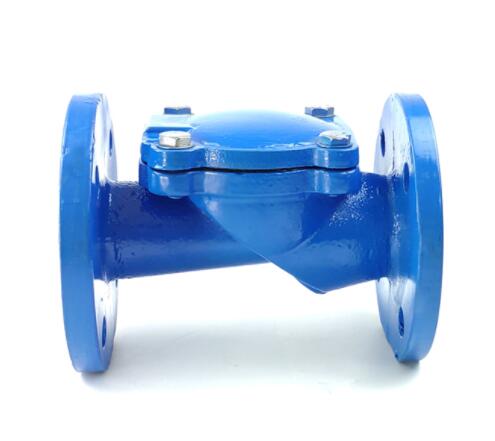What is a check valve?
Check valves are found in almost every industrial application acting as non-return or one-way valves. Generally, simple devices, check valves perform a vital function preventing reverse flows, damage and ensuring efficient operations.
Frequently check valves are placed in series, for instance in water systems to prevent backflow of contaminated water into clean water supply lines. With a huge range of potential applications, there are also multiple types of check valves that use many different materials such as metal, polymers, and rubber. Common designs include swing or flap check valves in which a metal disc pivots on a hinge or trunnion to prevent reverse flow. Larger check valves are typical of the swing or flap type. As the name suggests, ball and spring ball check valves feature a ball that mounts in an appropriately profiled seat. Duckbill check valves rely on a flexible rubber diaphragm which creates a valve that is normally closed unless positive pressure is applied.
Unlike their metal swing or flap check valve counterparts, rubber duckbill check valves cannot rust, seize, or bind, typically increasing reliability and longevity. Similarly, rubber check valves do not suffer from mechanical wear, a factor that can negatively influence check valves manufactured from other materials.
What is a flapper check valve?
The flapper check valve is placed in the treating line to allow flow to the well but isolates and backflow to go upstream in the valve. This provides a safety device at various locations in the flow line and assure that pressure and fluid can not back up into the manifold or into pumps.
What is a rubber check valve?
Rubber check valves are a better and cheaper way to control back pressure in sewage treatment plants, drains, and tidal operations. They are entirely passive flow devices that can operate without maintenance or external power supply, or manual assistance.
These valves can directly replace low-efficiency, high-maintenance check valves, and their rubber flaps tend to stick, rust, and get stuck in wrong positions. Connect the open revolving door from seawater to freshwater ponds and catchments to many other water-based applications.


Comments
Post a Comment